Context Is King: How to Frame Your Prompts for Success
ai-bsm.com
6/16/20254 min read


The difference between a mediocre ChatGPT response and an exceptional one often comes down to a single factor: context. Many users focus solely on crafting the perfect question while neglecting the critical contextual information that helps the AI understand their specific situation and needs. By mastering the art of contextual framing, you can dramatically improve response quality without changing your core request.
Think of context as the background information that transforms generic advice into personalized insights. Without adequate context, ChatGPT must make assumptions about your situation, goals, constraints, and preferences—assumptions that often lead to responses that miss the mark.
The Four Dimensions of Effective Context
Comprehensive contextual framing typically addresses four key dimensions:
1. Situational Context
This dimension establishes the specific circumstances surrounding your request.
Situational Context Framework When asking ChatGPT for advice or information, include these situational elements: - Your role and industry (e.g., "As a marketing director in the healthcare sector...") - The specific project or challenge (e.g., "I'm developing a content strategy for our new telemedicine service...") - Relevant timeline or urgency (e.g., "This needs to launch within 6 weeks...") - Stage in the process (e.g., "We're in the initial planning phase...") - Key stakeholders involved (e.g., "This will need approval from clinical leadership...") Example: WEAK: "Give me ideas for a marketing campaign." STRONG: "I'm the marketing lead at a mid-sized B2B software company preparing for our Q4 product launch. We're introducing significant AI features to our existing analytics platform and need to communicate these advances to our current enterprise clients while attracting new prospects in the financial services sector."
This dimension grounds your request in specific circumstances, allowing for much more relevant responses.
2. Knowledge Context
This dimension establishes what you already know and your level of expertise.
Knowledge Context Framework To receive appropriately calibrated information, clarify your knowledge base: - Your familiarity with the subject (e.g., "I have basic knowledge of SEO principles...") - Specific concepts you understand (e.g., "I understand the fundamentals of machine learning...") - Recent developments you're aware of (e.g., "I'm familiar with the 2023 regulatory changes...") - Areas where you need more detailed explanation (e.g., "Please explain any technical concepts...") - Sources or information you've already consulted (e.g., "I've reviewed the official documentation...") Example: WEAK: "Explain how to optimize our database." STRONG: "I have intermediate SQL knowledge and understand basic database structure, but limited experience with performance optimization. I've already implemented proper indexing and normalized our tables to 3NF. Please explain additional optimization strategies for our PostgreSQL database that's experiencing slow query performance during peak usage."
This dimension ensures you receive information at the appropriate level of complexity.
3. Objective Context
This dimension clarifies what you're trying to achieve with the information.
Objective Context Framework To receive purpose-aligned responses, clearly state: - Your primary goal (e.g., "My main objective is to increase user retention...") - How you'll use the information (e.g., "I'll use this to prepare a presentation...") - Success criteria (e.g., "A successful outcome would address both technical feasibility and budget constraints...") - Specific decisions this will inform (e.g., "This will help us decide between two vendor options...") - Constraints that must be considered (e.g., "Any solution must work within our existing tech stack...") Example: WEAK: "Tell me about employee recognition programs." STRONG: "I need to design an employee recognition program for our remote-first tech company of 85 people across 12 time zones. My goal is to improve our retention rate, which has dropped 15% this year, while fostering cross-team collaboration. The program needs to be inclusive of different cultures, scalable as we grow, and implementable within a quarterly budget of $10,000."
This dimension ensures responses are aligned with your actual goals rather than generic information.
4. Preference Context
This dimension communicates your stylistic and format preferences.
Preference Context Framework To receive information in your preferred format, specify: - Desired response structure (e.g., "Please structure this as a step-by-step guide...") - Level of detail needed (e.g., "I need a comprehensive analysis..." or "Please provide a high-level overview...") - Tone preferences (e.g., "Use technical language..." or "Explain this in simple terms...") - Format requirements (e.g., "Include bullet points for key takeaways...") - Examples or analogies that work well for you (e.g., "I understand best through real-world examples...") Example: WEAK: "Give me information about negotiation tactics." STRONG: "Please provide negotiation tactics for software procurement contracts. I prefer a structured approach with numbered strategies, each explained in 2-3 sentences followed by a concrete example from the technology sector. Focus on practical techniques rather than theoretical frameworks."
This dimension ensures information is delivered in a way that matches your cognitive preferences.
Implementing Contextual Framing in Your Prompts
While comprehensive context is valuable, you don't need to include all four dimensions in every prompt. Here's how to implement contextual framing effectively:
For simple, factual queries, minimal context is needed:
SUFFICIENT: "What was the GDP of Germany in 2022?"
For advice or recommendations, include relevant situational and objective context:
EFFECTIVE: "I'm a solo consultant transitioning from hourly billing to value-based pricing. My clients are primarily small e-commerce businesses with revenues between $1-5M. I want to create a pricing structure that better reflects the ROI I deliver while maintaining client accessibility."
By mastering contextual framing, you transform ChatGPT from a generic information provider into a precision tool that delivers highly relevant, personalized responses aligned with your specific situation and needs.
Need expert guidance on developing advanced contextual frameworks for your business? Contact AI Business Success Mentoring today. Our specialists can help you create custom contextual templates tailored to your industry. Visit ai-bsm.com to schedule your consultation.
Let's Talk
Pages
© 2024. All rights reserved.
Your Trusted AI Partner.
Important Links
Get in Touch
